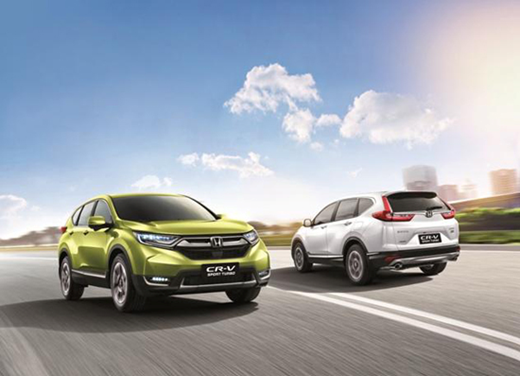After talking about the legendary Land Cruiser in the off-road vehicle world, we should be able to quickly think of another well-known derivative model in the car series-the Toyota Prado, which is also called Toyota Overbearing in China. As we all know, this car can often be seen among the off-road vehicles that are active in Xinjiang and Sichuan-Tibet lines all the year round in China. After several replacements, it still maintains the classic combination of non-load-bearing body and integral bridge suspension. It did not follow the trend to develop into an urbanized SUV, but still maintained its own traditional style. This model was born in 1990, and it has been 29 years.

For this overbearing Toyota that we are all too familiar with, I believe everyone must want to know its historical background, right? Today, the editor will take you to understand the past and present of the Toyota Prado.

The fourth generation Prado LC150: 2009 to present
The fourth-generation Prado launched by Toyota in 2009 is still updated every 6 years. It is the latest generation of Prado models. This generation of Prado models is equipped with an electronic rear air pressure suspension. In addition to manually adjusting the height of the body, it will also automatically analyze the body load, speed, and road conditions to adjust the height of the car; the AVS variable damping shock absorber system can synchronize the length of the four-wheel suspension. . The car continues to provide three-door and five-door versions. The shorter wheelbase of the three-door version improves passability, while the larger space of the five-door version increases practicality.

The top model of this generation of Prado is equipped with the KDSS system. This system was an exclusive configuration for Lexus GX in 2008. After 2008, Toyota has successively installed the KDSS system on the Land Cruiser, Prado and 4Runner. This system uses two sets of hydraulic systems at the front and rear to control the stabilizer bar, which has realized the increase of the suspension stroke when driving off-road, so that the tires can contact the ground as much as possible to achieve the best grip. When driving on the road, the suspension travel is tightened to suppress body roll.

The new Prado is also richer in configuration, such as multi-function steering wheel/smart sensor key/one-button start button/all-round video monitoring/multi-temperature zone automatic air conditioning, etc. are all available. And in terms of power, there are three driving modes such as Sport, Normal, and Comfort to choose from. In addition, in this generation of models, Prado models are divided into three versions: 2.7/3.5/4.0. The code names of these three versions also represent the engine displacement. The Prado in the Chinese market first replaced the original 4.0L V6 engine with a 3.5L V6 engine, and then canceled the 2.7L model with higher fuel consumption. It is time-sharing four-wheel drive.

Today, the Prado has undergone a total of four replacements. After nearly 30 years of historical accumulation, the hardware configuration of this model has been continuously improved and optimized, and its comfort has also been continuously improved. In today’s fourth-generation model, the Prado is no longer just an off-road vehicle, but has become more concerned with road driving. After all, there are still a small number of people who go off-road all the year round, and the Toyota Prado is also changing in response to changes in the market.




